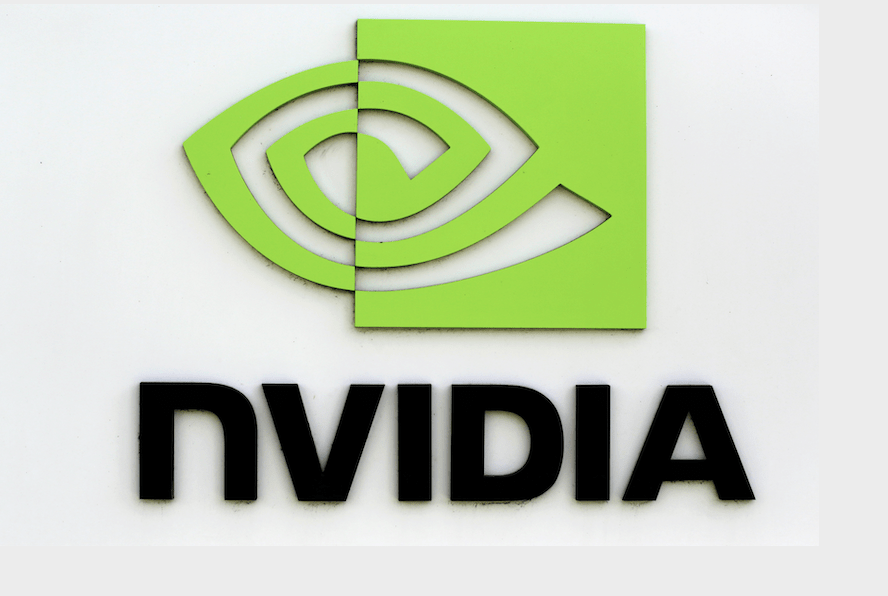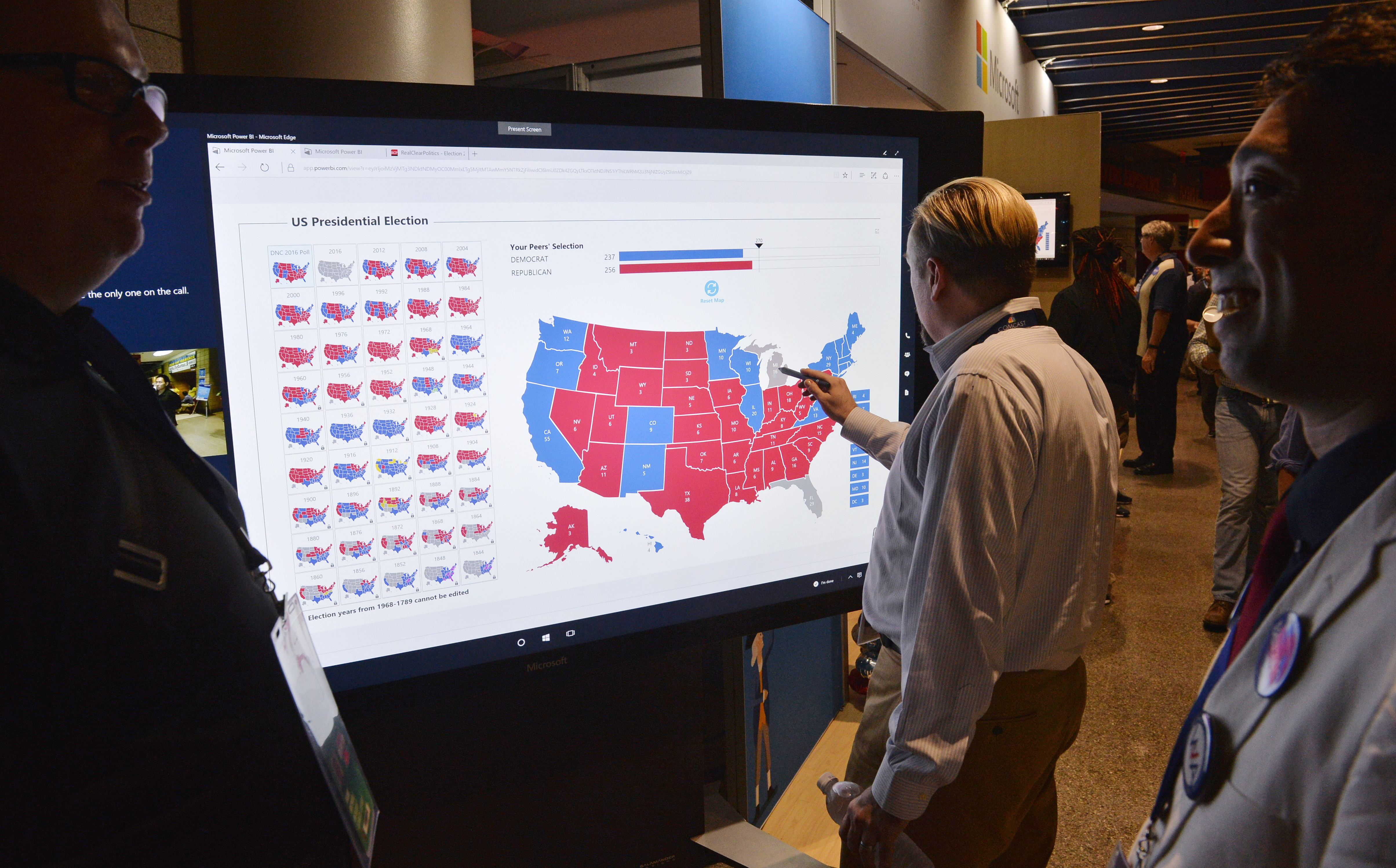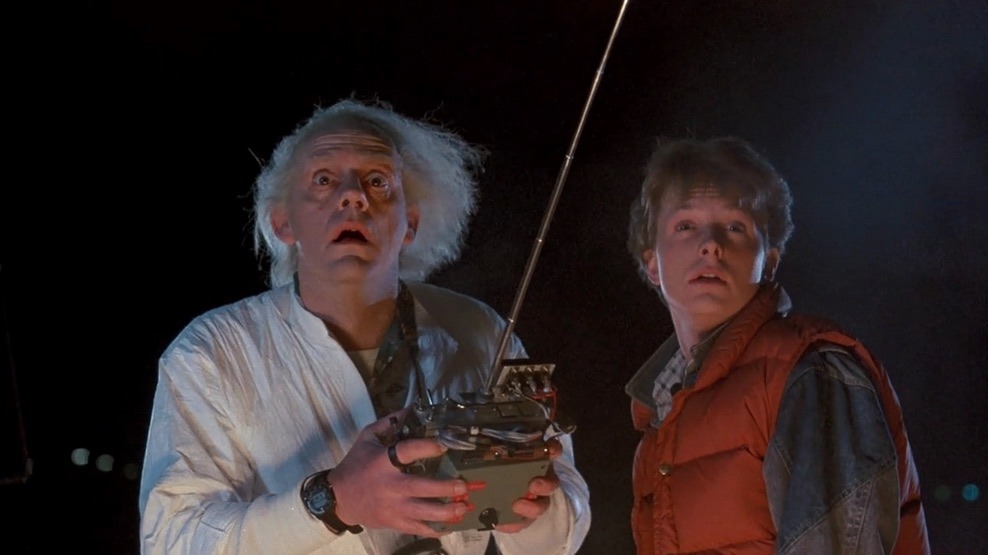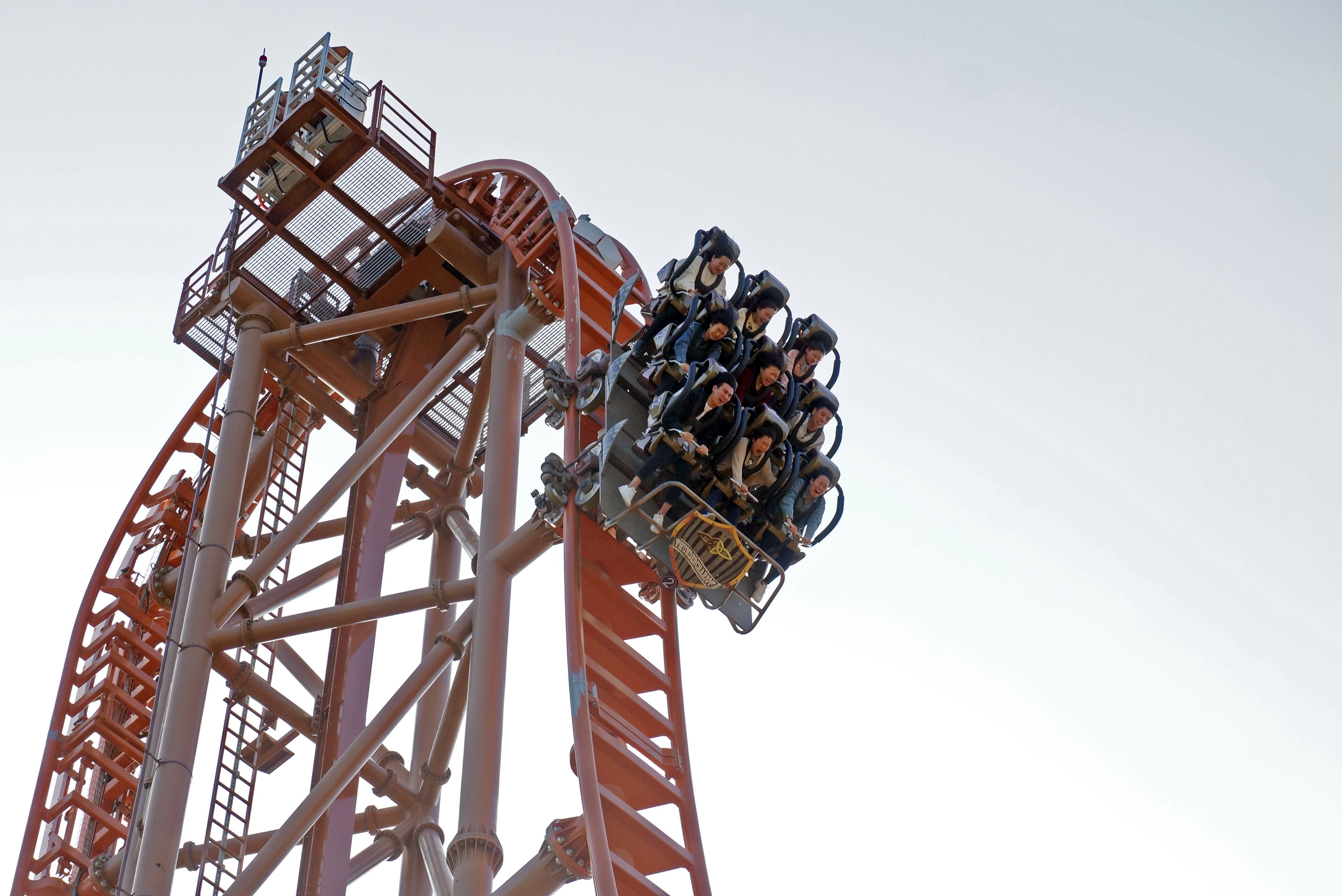Low Price, High Risk
Beware of low-priced high-volatility stocks—they’re usually no bargain
Novice investors are attracted to stocks that sell for low prices, say $5 or less, because they can own a significant number of shares for a small amount of capital. What’s more, they can realize huge returns in a short time.o
Focusing on the implied volatility of the stock may excite neophyte investors even more because of the potential for more than 100% because the stock can only go to zero.
So what’s not to like? Well, extraneous risk factors can plague a smaller-priced underlying. When traders take those risks into account, low-priced stocks may seem riskier than expected.
“Hidden” risks
First, look at implied volatility—a reason traders might be inclined to buy low-priced stocks. Hertz (HTZ), for example, has been in the news because it filed for bankruptcy protection at the end of July. Its stock had been trading at $1.37 a share in early July, with a 250% yearly implied volatility.
The previous article in this issue on implied volatility shows the IV is the anticipated one standard deviation move for the underlying for the next year. This is where beginning investors get stumped.
How can a stock have a range of 250%? The upside makes sense because Hertz could trade around $4 next year, but how can a stock go down 250%? In short, it can’t. That’s why investors think, “I have a 250% upside potential with a downside potential of only 100% (total loss), therefore I am going to buy the stock because the odds are in my favor.”
In reality this isn’t the case. This is where the concept of extraneous risk comes into play.
Bad financial health
Extraneous risk factors typically affect companies that aren’t financially healthy. Usually, such companies are low-priced, like Hertz.
Factors include sudden loss of income, high debt-servicing costs, reduction in human capital through “brain drain” and low cash reserves. These risk factors make the stock more likely to hit zero than go up 250%, as stated by the implied volatility.
On a purely conceptual level, when a stock has an IV of 20%, it means that “over the next year you can expect the stock to trade within +/- 20% with 68% certainty.”
Normally, that assumes the chance of going up 20% is the same as the chance of going down 20% in a symmetrical probability distribution. But with lower-priced stocks that have extremely high IVs, like Hertz, the probability distribution given by implied volatility is not symmetrical.
That means the chance of the stock going up 250% is not the same as the chance of the stock going to zero. In fact, because of extraneous risk factors, the chance of the company going out of business is much greater than the chance of the stock making a 250% recovery. Unfortunately, no one knows the exact skew of the distribution, but it can be estimated.
Assuming the market is efficient, there should be no “free money” trade out there. In other words, when an investor buys a stock in the short term, the expected value of the stock should be slightly greater than zero.
Expected value
For this exercise, assume the expected value of the stock trade—for example, the P/L of the trade—should be zero, meaning the market is efficient to the up and downside. If the implied volatility of the stock is 250%, then that is to the upside only. To the downside, assume the loss will be capped at 100%. A simple equation will provide the probability of the stock making the recovery and the probability of the stock going bust. Keep in mind, this is a simplified example and should be used for informational purposes only.
The probability of the stock profiting 250%, or $3.42, is x.
The probability of the stock losing 100%, or $1.37, is (1-x).
The expected value (P/L)L is $0
$0 = $3.42x – $1.37* (1-x)
The probability of the stock profiting 250% is roughly 29% compared with falling to zero at 71%. The probabilities are not the same, and that is factored into the market price of the stock.
When considering a low-priced stock trading with an extremely high IV, remember there’s no free lunch—the risk factors and probabilities are priced efficiently in the market. There’s a reason the stock isn’t expensive.
Anton Kulikov is a trader, data scientist and research analyst at tastytrade.
@antonkulikov97




















